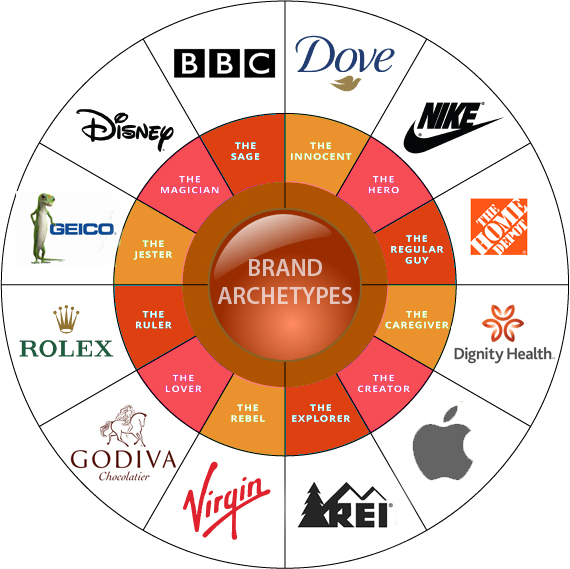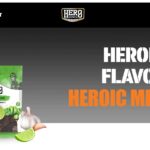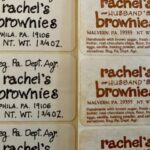This past week I participated in a client workshop where, along with a partner communications agency, McGuffin, we held a brand archetype exercise. The purpose was to help the client rebrand as they start to think about the image they want to project as we redesign their logo, messaging, and the look and feel of their website.
Brand archetypes are rooted in the work of Carl Jung, the nineteenth-century Swiss psychiatrist, and psychoanalyst who founded analytical psychology. He understood that an archetype is universal and is derived from the collective unconscious and are the psychic counterpart of instinct. Patterns and images come from the unconscious.
What sounds like hocus-pocus is genuinely a substantive part of brand development.
The Exercise
Each person circles three to five words that they believe represent the aspiration of the image that the company wants to portray. And, they get a list of about one-hundred words to choose from like wholesome, indulgent, people-oriented, joker, wise, curious, empathetic, dreamer, visionary and so on. Then the moderator tallies up the results.
What becomes clear is that one of the twelve archetypes fits the words chosen. So if the client picks words like altruistic, selfless, nurturing, compassionate, empathetic, supportive, and generous -the archetype is the caregiver.
On the archetype wheel image, you can see examples of brands that fit into each category like Apple as the creator, Home Depot as the everyday guy/gal and Geico as the jester.
As an example, Caregivers companies have brand promises around protection. Usually, Caregiver brands have the view of the brand archetype supporting families or serving public sectors, for example, healthcare and education. The Caregiver aims to make people take care of themselves.
Unconscious Brand Image
Consumers and clients make decisions in unconscious ways. In more than 80% of the choices we make, we aren’t conscious of why we do it. There are four key drivers of subconscious behavior: emotional pulls, memory hooks, stories, and archetypes.
An archetype becomes a screen or filter for brand and marketing decisions. It helps you find your voice and how you want to engage in the world.
Think of how Disney trains its employees to behave with visitors to their parks versus how Home Depot trains its employees. As a result, Disney is steeped in its magician archetype while Home Depot focuses on the everyday guy/gal.
If you are going through a rebranding, make sure you start to understand this archetype framework. In under an hour, you can begin to have a clear and well-defined structure for what you aspire for your brand to become as it grows up.
You can set up a time to chat with me about your marketing challenges using my calendar. Email me jeffslater@themarketingsage.com Call me. 919 720 0995. Visit my website at www.themarketingsage.com The conversation is free, and we can explore working together. You can engage me to help you through branding exercises like archetype workshops.
Image courtesy of Vision One Research




